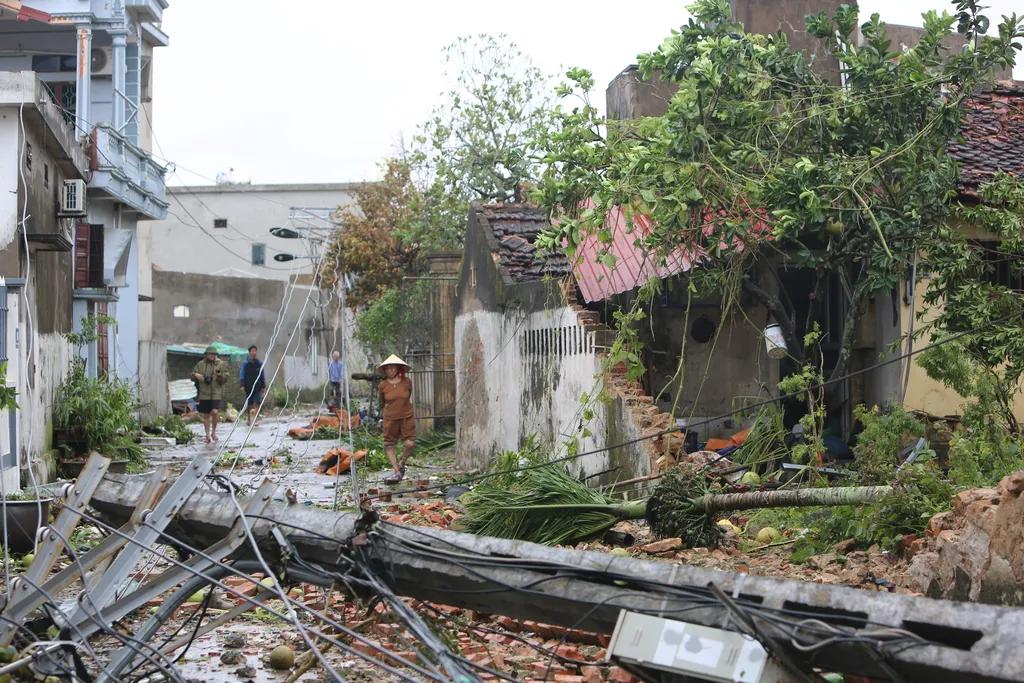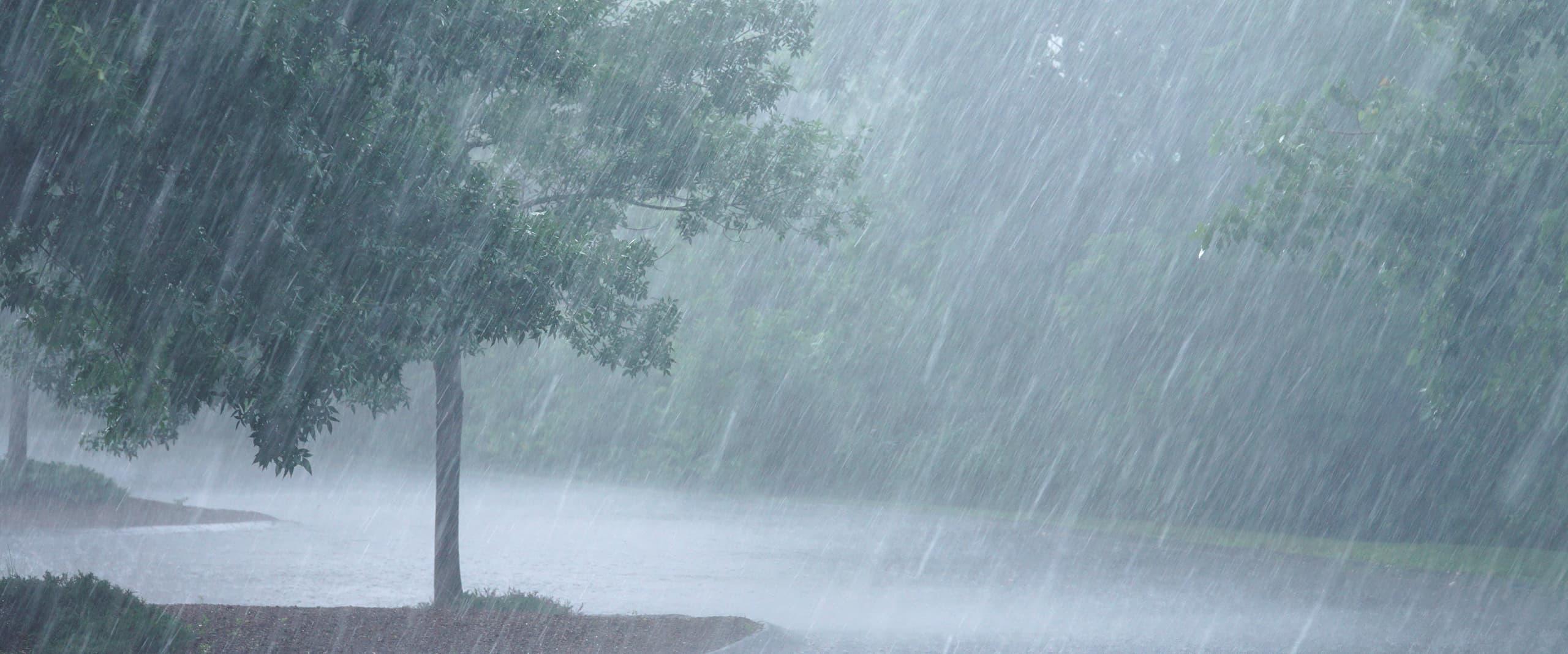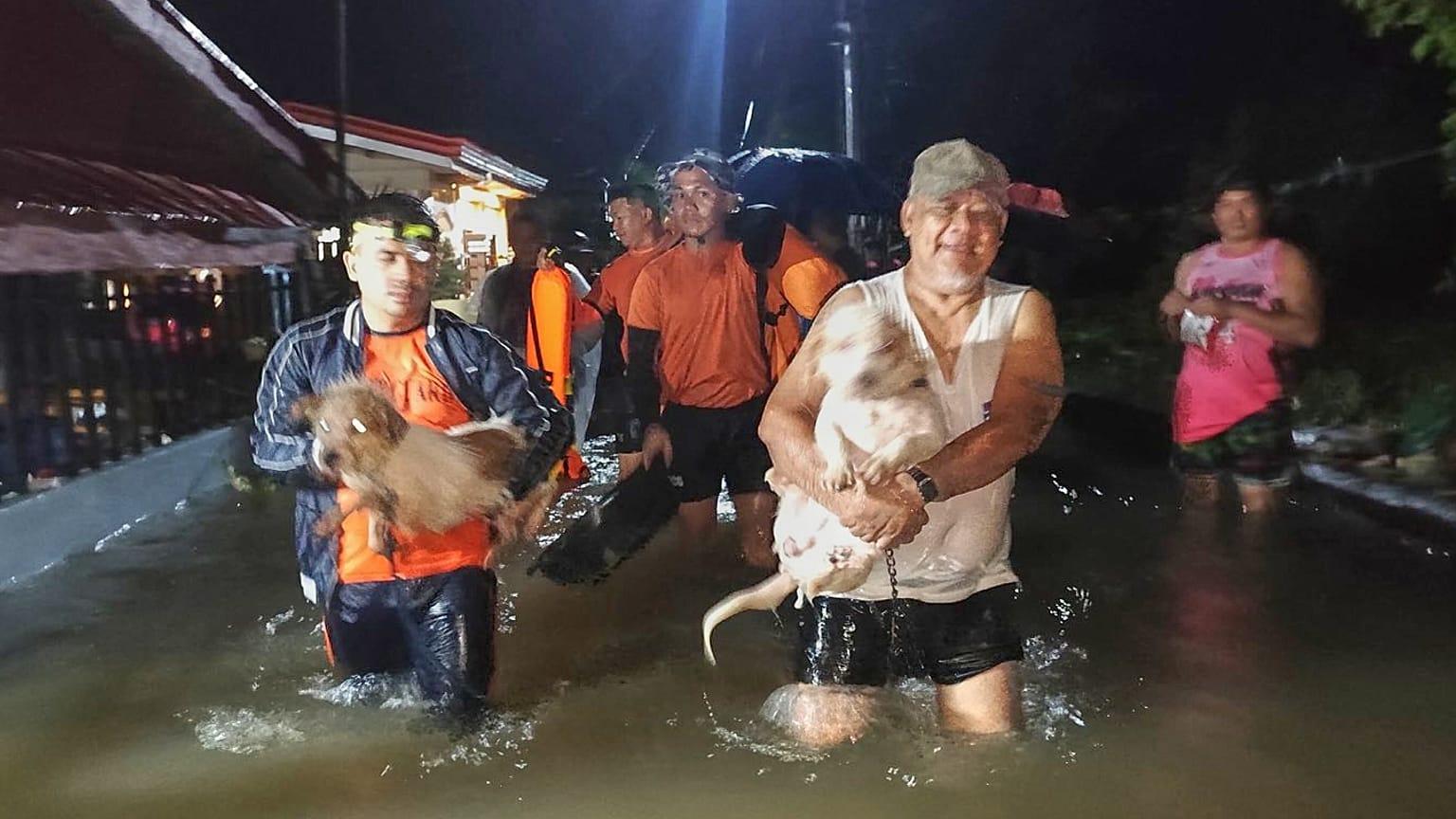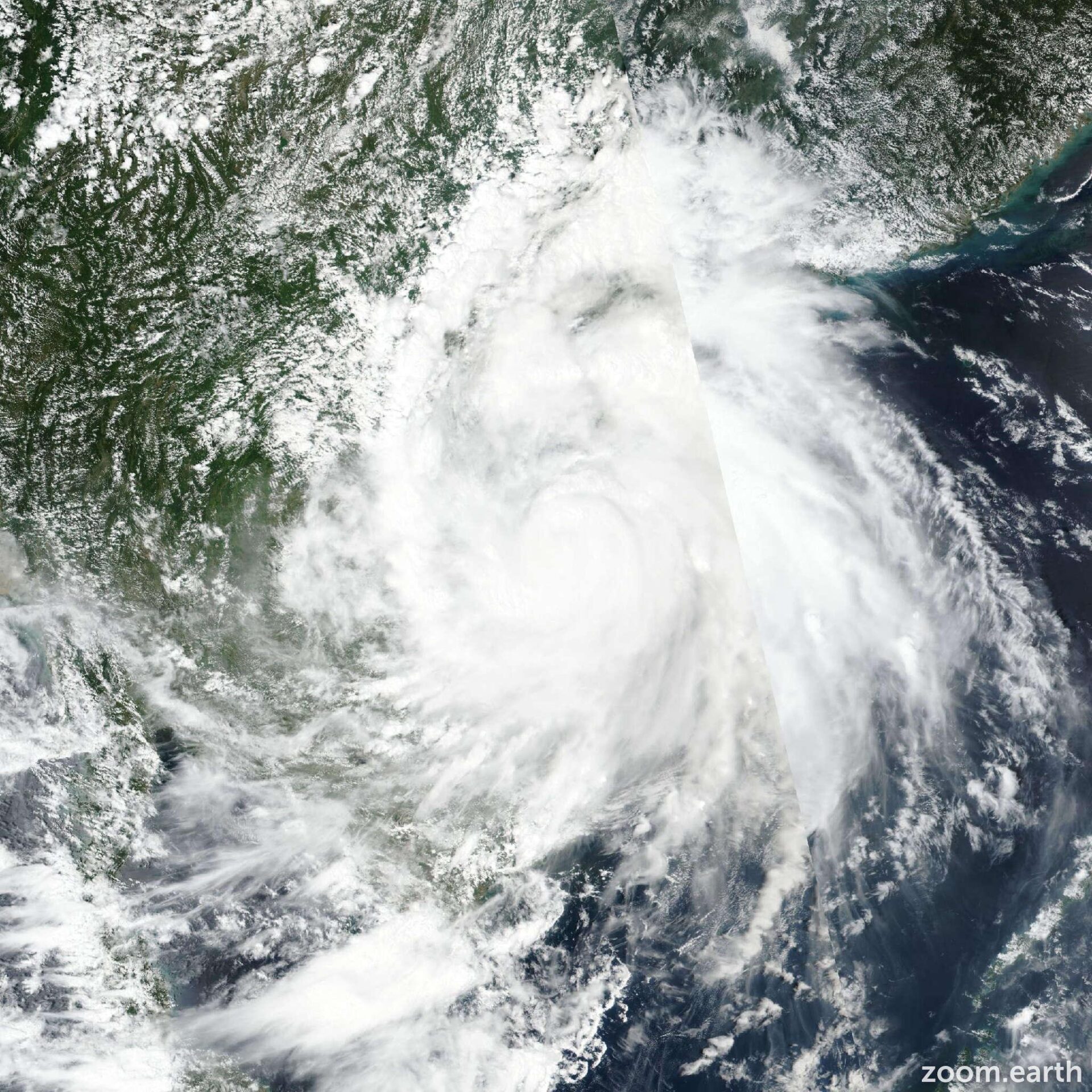Heavy Rains and Flooding Devastate Vietnam Following Typhoon Bualoi
The aftermath of Typhoon Bualoi has left a grim mark on Vietnam, as heavy rains and widespread flooding have escalated the crisis, claiming the lives of at least 19 individuals. Over the past few days,relentless downpours have inundated various provinces,leading to severe disruptions and considerable damage to infrastructure. The relentless water has submerged homes, rendering thousands homeless and prompting urgent rescue efforts across the affected regions. Local officials report that emergency services are strained, working tirelessly to reach isolated communities while facing perilous conditions themselves.
Many areas are grappling with the immediate consequences of this natural disaster,which include:
- Loss of Life: The tragic death toll continues to rise as recovery operations unfold.
- Displacement: An estimated 50,000 people have been forced to evacuate their homes.
- Infrastructure Damage: Roads, bridges, and public facilities have suffered extensive harm, complicating relief efforts further.
- Public Health Concerns: Floodwaters pose significant health risks, with fears of waterborne diseases emerging in the wake of the disaster.
Interventions from both the government and international aid organizations are crucial in addressing the immediate needs of those affected, as the outlook remains uncertain with forecasts predicting continued rain in the coming days.

Understanding the Underlying Causes of Increased Flooding Risk in Coastal Regions
The recent devastation wrought by Typhoon Bualoi in Vietnam has underscored the escalating threat of flooding in coastal areas, a phenomenon driven by a complex interplay of environmental and human factors. Among the primary contributors to this increasing risk are:
- Climate Change: Rising global temperatures have led to more intense and frequent storms, resulting in higher rainfall amounts that overwhelm existing drainage systems.
- Urbanization: Rapid urban progress along coastlines has diminished natural barriers, increasing vulnerability to flooding while also exacerbating runoff.
- Sea-Level Rise: melting polar ice and thermal expansion of seawater contribute to elevated sea levels, which, in combination with storm surges, further inundate coastal areas.
- Deforestation: The removal of trees and natural vegetation reduces the land’s ability to absorb rainwater, leading to increased surface runoff and erosion.
Furthermore,the infrastructure in many coastal regions is often ill-equipped to handle the surges of water brought about by severe weather events. Many communities lack adequate flood defenses, and existing drainage systems may not be maintained or updated to meet the challenges posed by severe flooding events. This combination of factors not only exacerbates the immediate threat but also raises long-term concerns for disaster preparedness, economic stability, and community resilience in the face of future climatic events.

Emergency Response Efforts: Challenges Faced by Local Authorities and NGOs
The aftermath of Typhoon Bualoi has exposed significant challenges for local authorities and non-governmental organizations (NGOs) tasked with emergency response efforts. With the death toll rising to 19, affected areas have experienced severe flooding, leaving communities isolated and in dire need of assistance. Emergency responders are grappling with infrastructural damage, as roads and bridges have been washed away, complicating the delivery of vital supplies. The persistent heavy rains have hampered access, making it arduous for rescue teams to reach stranded individuals and assess the full extent of the disaster.
Moreover, the social complexities of affected regions have added another layer of difficulty. Many families are grappling with the loss of livelihoods, creating a pressing need for not just immediate relief but also long-term recovery plans. Local authorities are striving to coordinate resources while facing challenges such as funding limitations and a lack of timely information on the evolving situation. NGOs, often at the forefront of community support, find themselves racing against time to mobilize volunteers and resources, yet they too encounter obstacles such as volunteer fatigue and logistical constraints in distributing aid efficiently.

Building Resilience: Strategies for Future Preparedness in the Wake of Natural Disasters
As communities in Vietnam grapple with the devastating aftermath of Typhoon Bualoi, the need for proactive measures to fortify resilience becomes increasingly evident. In the face of heavy rains and flooding that have claimed 19 lives, authorities and local organizations are stepping up their efforts to not only respond to the immediate crisis but also prepare for future natural disasters. Emphasizing a multi-faceted approach,strategies must prioritize strengthening infrastructure,enhancing early warning systems,and fostering community awareness. Essential steps can include:
- Investment in flood defenses: Building and upgrading levees, drainage systems, and flood barriers to protect vulnerable areas.
- Community education programs: Implementing training sessions on disaster preparedness, emergency response, and resource management to empower citizens.
- Collaboration with NGOs: Partnering with non-governmental organizations to leverage expertise in disaster response and recovery efforts.
Long-term resilience also involves fostering a culture of preparedness that encourages individuals and families to take responsibility for their safety. Personal readiness can substantially mitigate the impact of such disasters on lives and property. Actions like creating emergency kits, establishing communication plans, and participating in local drills can prepare households for potential emergencies. moreover, local governments must facilitate community engagement, ensuring that recovery efforts address diverse needs and incorporate feedback from affected populations. By integrating these strategies, Vietnam can develop a robust framework that better equips citizens to navigate the challenges posed by natural disasters.
